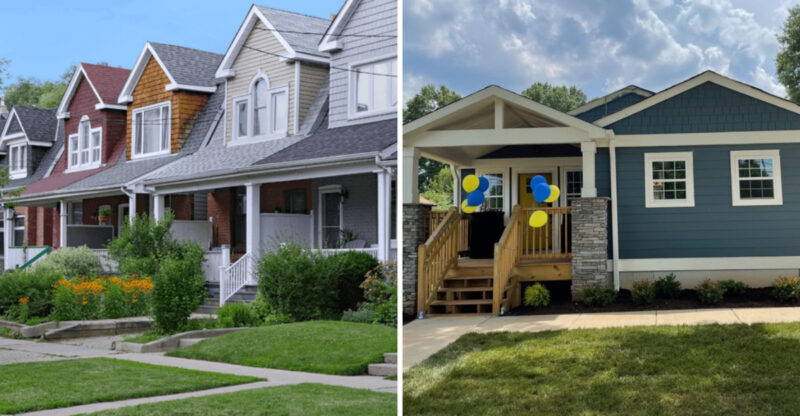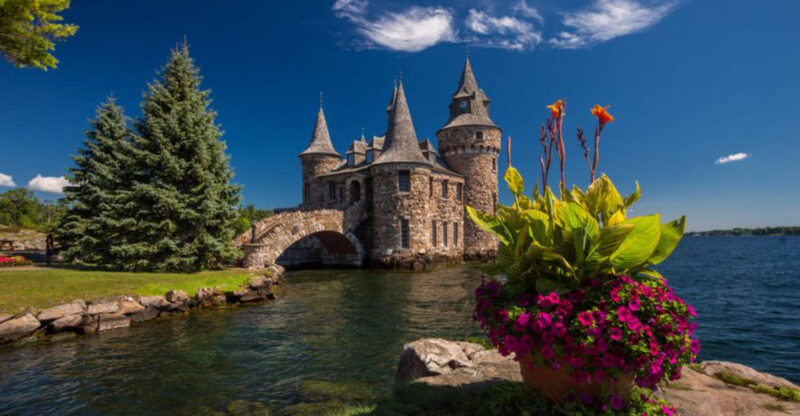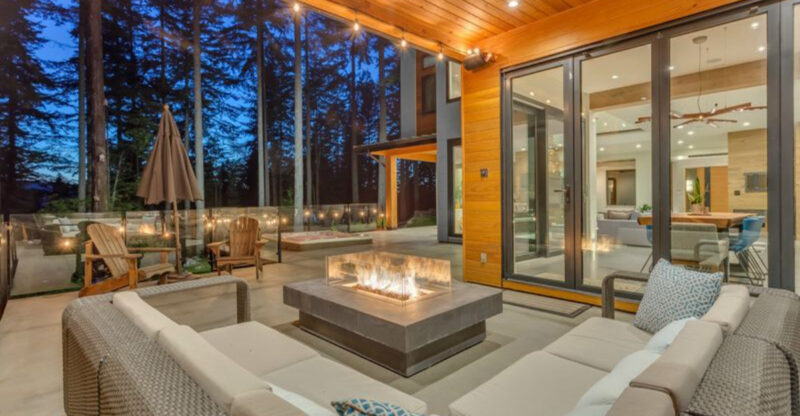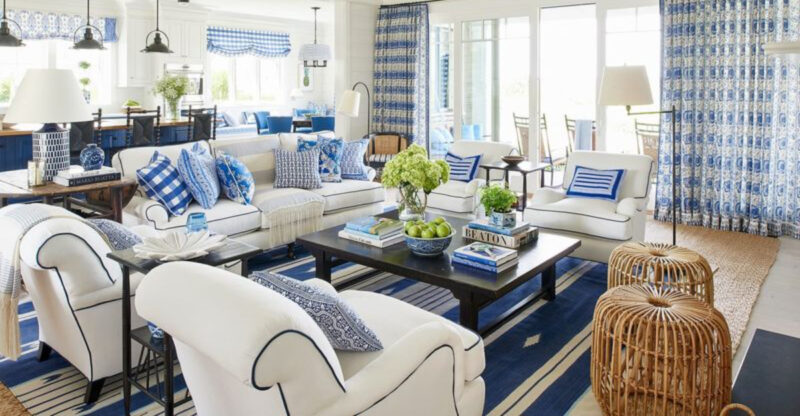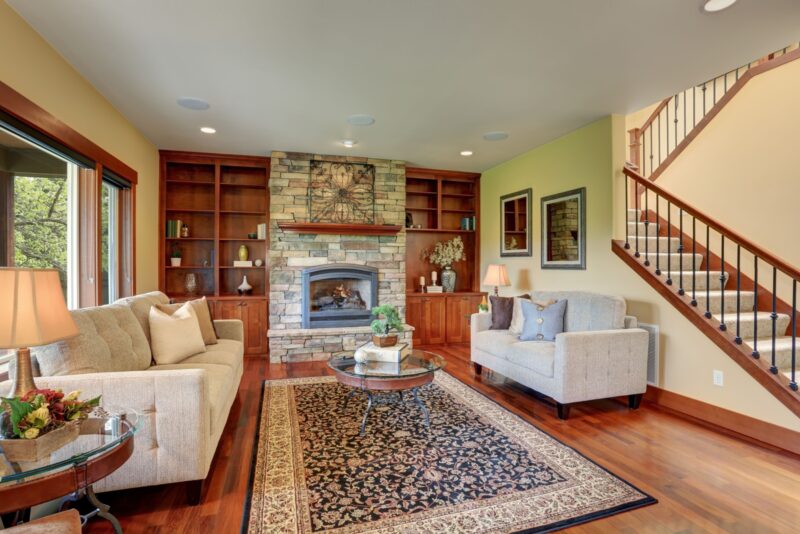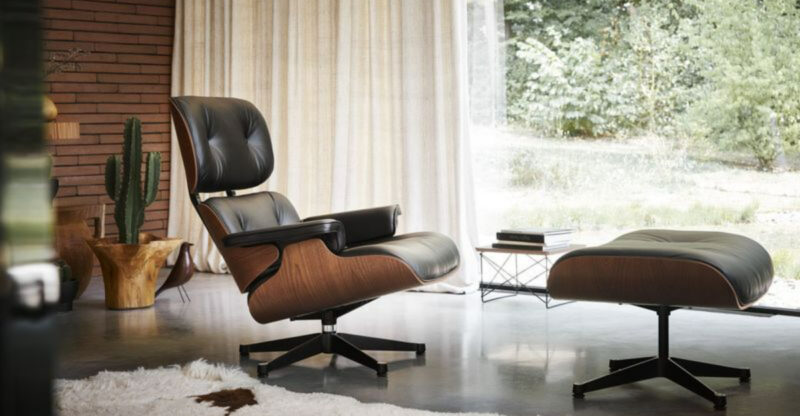22 Retro Home Trends From The 1970s How Many Do You Remember
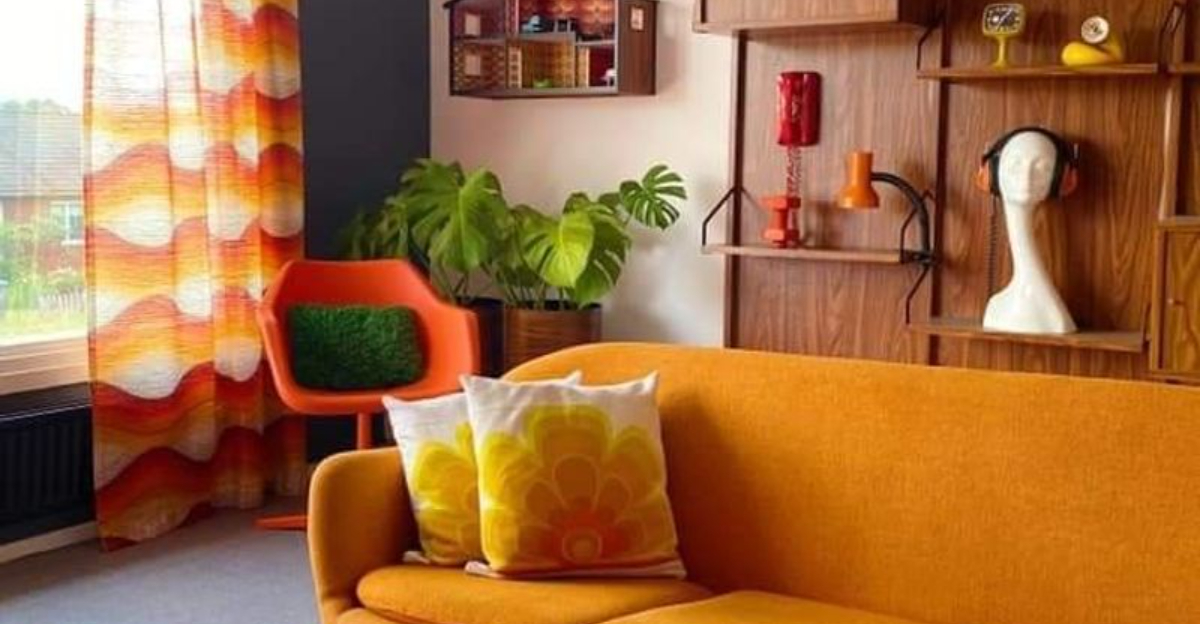
The 1970s was a wild era for home decor, with bold colors and funky designs taking center stage in American households.
From eye-popping carpets to statement furniture, these trends defined a generation’s idea of stylish living.
Take a trip down memory lane as we explore these groovy home elements that might have you feeling nostalgic or maybe a bit thankful for modern interior design!
1. Shag Carpeting
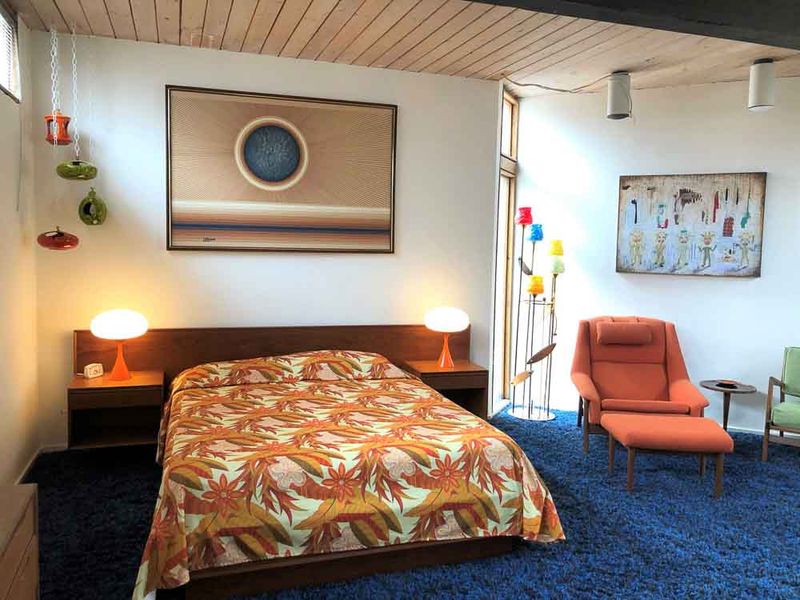
Remember walking barefoot through those deep, fluffy carpets that felt like wading through a sheep? Shag carpeting wasn’t just flooring it was practically a household pet that needed regular grooming!
The longer and shaggier, the better was the rule in 1970s homes. Available in harvest gold, avocado green, and burnt orange, these carpets trapped everything from dust to lost toys.
Families would use special rakes to fluff their shag after vacuuming, maintaining that fresh-from-the-store look. While mostly banished from modern homes, some design enthusiasts are bringing back smaller, more manageable shag area rugs for that touch of retro comfort.
2. Avocado Green Appliances
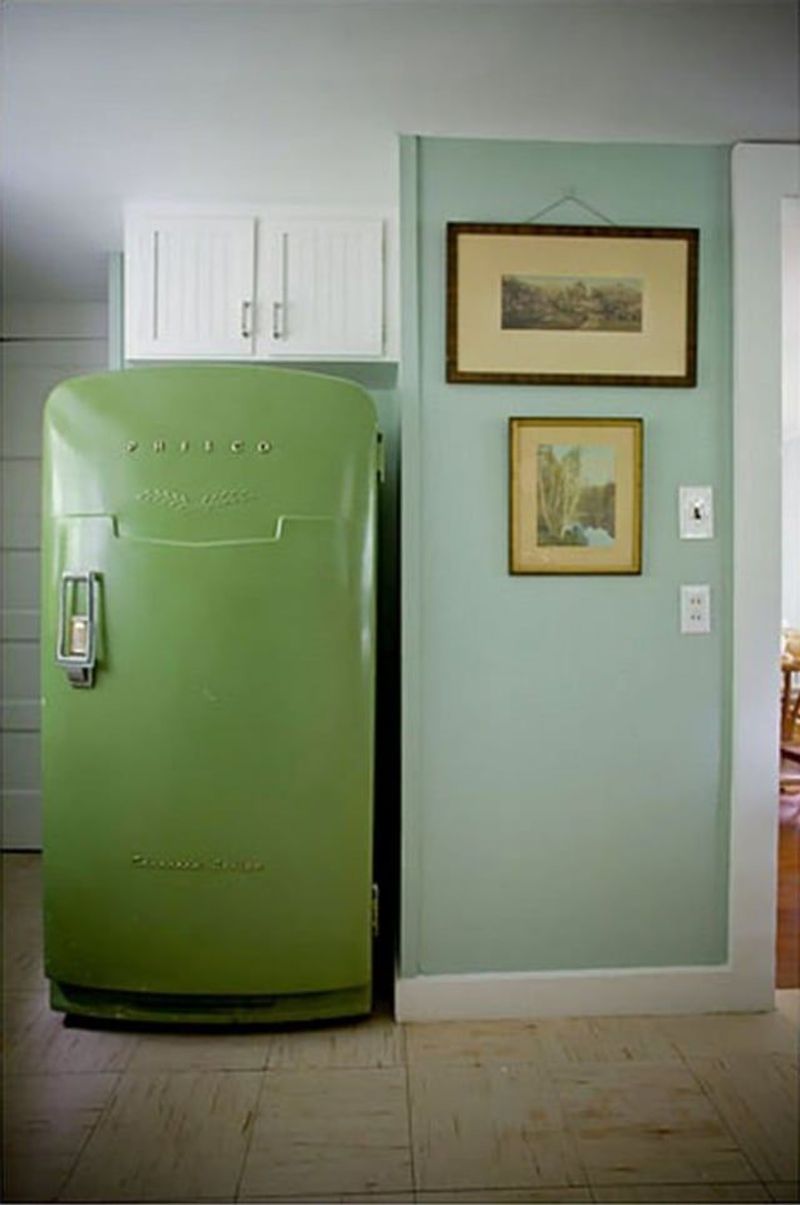
Kitchens across America suddenly transformed from white and chrome to bold avocado green during the 1970s. This distinctive olive-toned hue covered everything from refrigerators to stoves, dishwashers, and even small appliances like blenders and toasters.
Manufacturers like General Electric and Frigidaire heavily marketed these colored appliances as sophisticated and modern. Many homeowners went all-in, creating matching sets that dominated their cooking spaces.
The color was so ubiquitous that finding a non-green kitchen became challenging! Though widely mocked today, some retro enthusiasts pay premium prices for well-maintained avocado appliances, celebrating what many consider the quintessential color of 1970s domestic life.
3. Wood Paneling
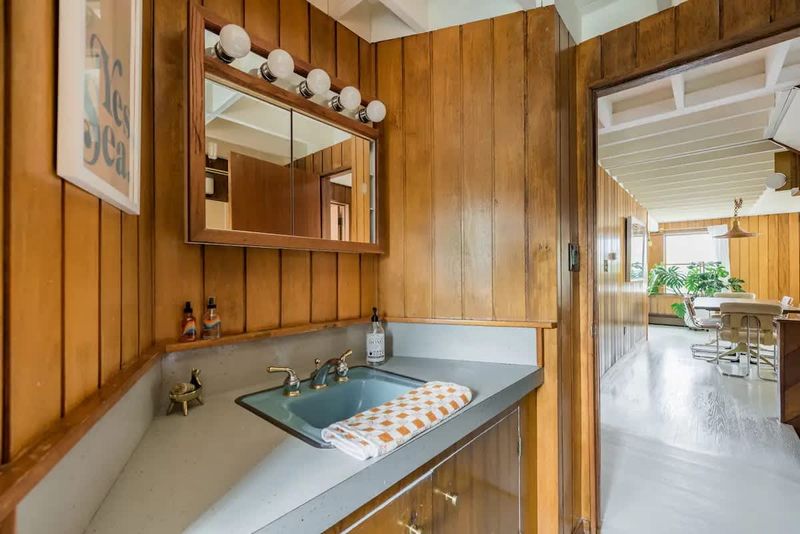
Dark wood paneling transformed ordinary walls into what homeowners thought was sophisticated, cabin-like warmth. Usually made from cheap wood composites with a veneer finish, these panels were incredibly easy to install a weekend warrior’s dream project.
Living rooms, dens, and basements became caves of dark, shiny wood that absorbed light and made spaces feel significantly smaller. The paneling often featured distinctive grooves that collected dust and were nearly impossible to clean properly.
Despite its drawbacks, wood paneling represented affordable luxury for middle-class families. Today’s homeowners often find themselves tearing down or painting over this relic when renovating older homes, though some designers have found ways to incorporate it selectively for vintage charm.
4. Macramé Wall Hangings
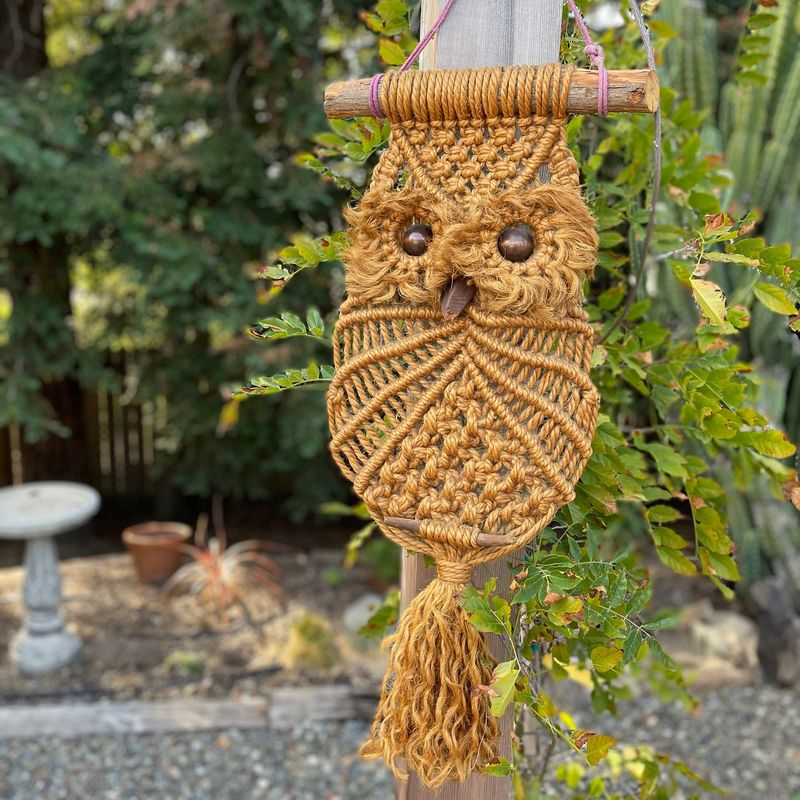
Knotted cotton rope transformed into elaborate wall art was practically mandatory in fashionable 1970s homes. Crafty homeowners spent countless hours learning intricate knotting techniques to create owls, plant hangers, and abstract designs that added texture to wood-paneled walls.
Macramé represented the handmade, back-to-nature movement that defined much of seventies aesthetics. These pieces often incorporated wooden beads, feathers, or driftwood, enhancing their earthy appeal.
Magazine stands overflowed with pattern books teaching different knots and designs. Many family rooms featured at least one giant macramé owl with hollow wooden bead eyes staring down at guests. The craft has experienced a significant revival in recent years, though modern versions tend to be more minimalist than their busy ancestors.
5. Conversation Pits
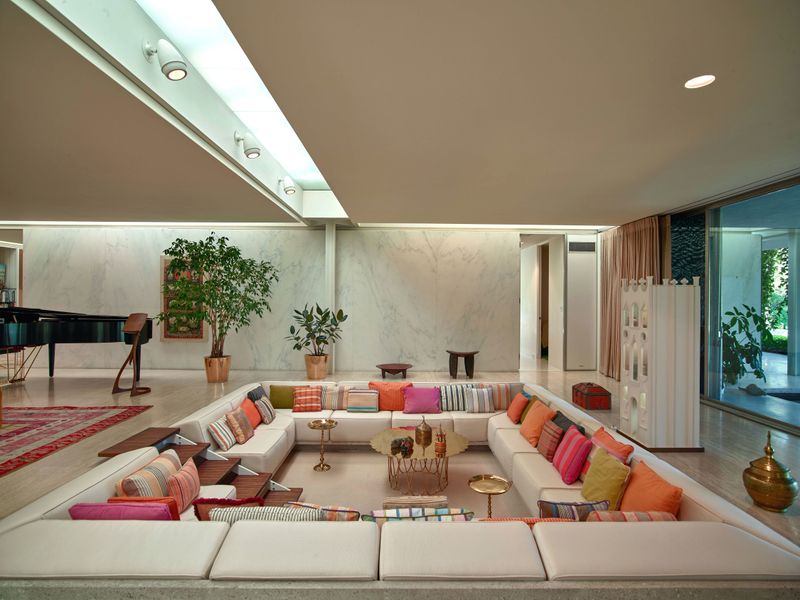
Architects created these sunken living areas specifically to encourage face-to-face interaction in an era before smartphones and endless TV channels. Typically 12-24 inches lower than the main floor, these cozy spaces featured built-in seating that formed a U or complete circle around a central point.
Plush cushions in bold patterns covered every surface, creating the perfect spot for cocktail parties and deep discussions about politics or philosophy. Many conversation pits centered around a fireplace or a funky coffee table.
While mostly eliminated during renovations over the decades, these architectural features have developed a cult following among design enthusiasts. Some high-end modern homes now incorporate updated versions of conversation pits, proving that good ideas eventually come full circle just like these seating arrangements.
6. Harvest Gold Kitchens
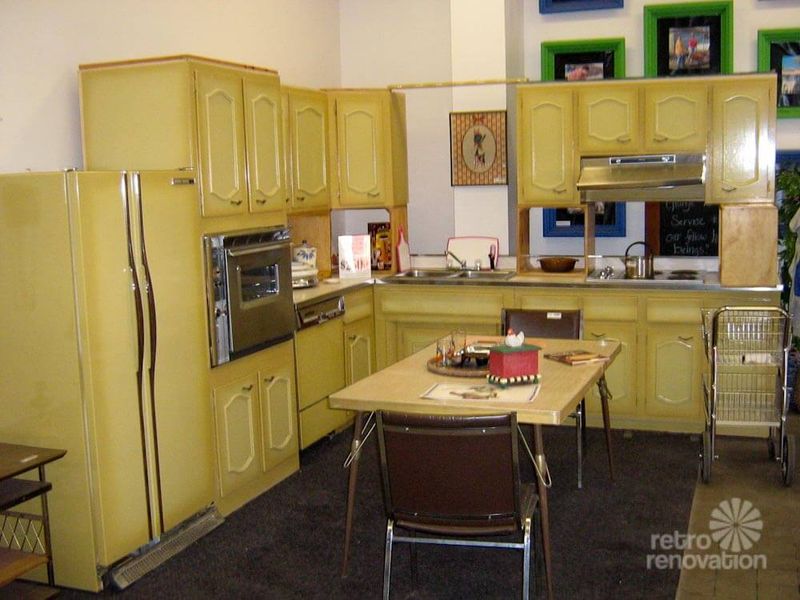
Competing fiercely with avocado green was harvest gold—that unmistakable mustard-yellow shade that dominated countless kitchens. This warm, earthy tone covered everything from refrigerators to dishwashers, stoves, countertops, and even sinks.
Kitchen appliance manufacturers heavily promoted this color as modern and sophisticated. Many homeowners embraced it completely, pairing gold appliances with matching linoleum floors and wallpaper borders featuring wheat stalks or sunflower motifs.
The color supposedly evoked the warmth of wheat fields and complemented the natural wood cabinets popular during this era. Finding a pristine harvest gold kitchen today is like discovering a perfectly preserved time capsule—they’re increasingly rare as renovations have eliminated most of these yellow-toned cooking spaces over the decades.
7. Beaded Curtains
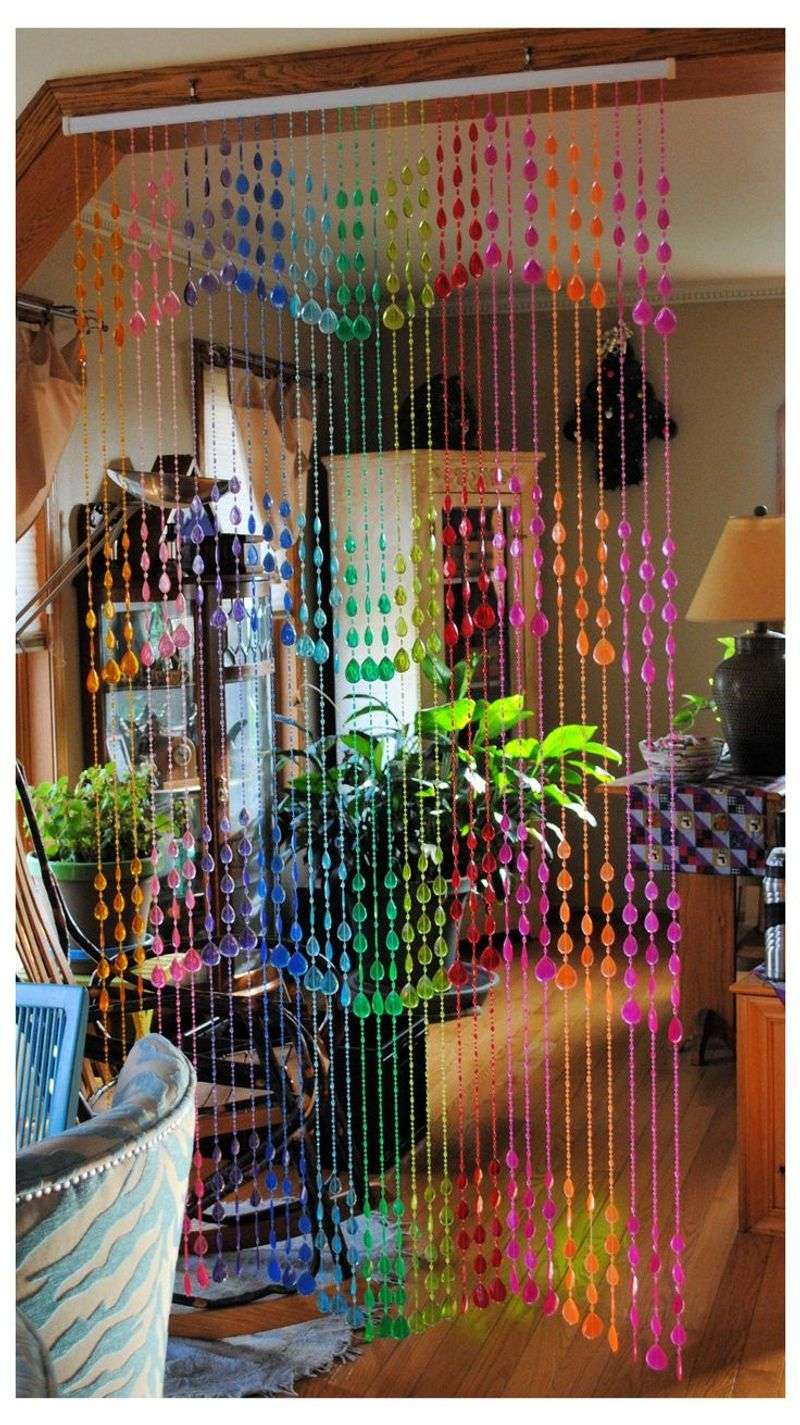
Strands of colorful plastic or wooden beads hung in doorways created that distinctive clacking sound many 1970s kids remember vividly. These curtains served as room dividers without blocking light or air flow, particularly popular for separating living spaces in smaller homes and apartments.
Teenagers especially loved these privacy screens for their bedrooms. The beads came in various colors and patterns, sometimes forming images like peace signs, butterflies, or abstract designs when viewed from a distance.
Walking through these curtains became a sensory experience—the cool touch of the beads and their musical sound announced your presence in a room. While mostly relegated to dorm rooms and bohemian apartments today, these curtains represent the playful, less structured approach to home design that characterized the decade.
8. Popcorn Ceilings
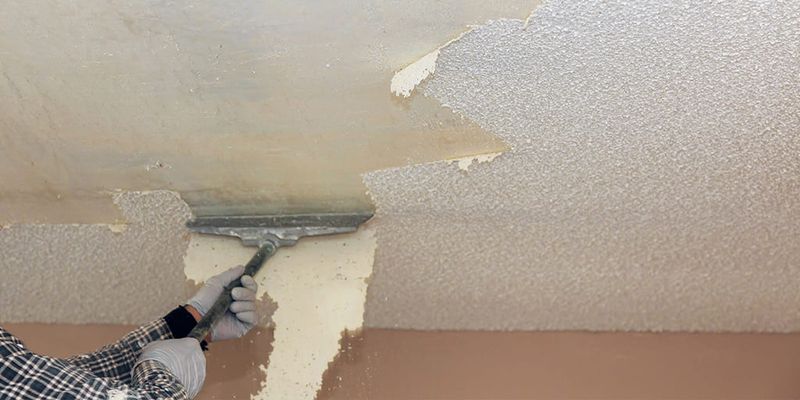
Looking up in a 1970s home almost always revealed that distinctive bumpy texture sprayed across ceilings. Builders loved applying this stucco-like finish because it easily hid imperfections and didn’t require the skilled craftsmanship of smooth plastering.
Homeowners appreciated how these textured ceilings dampened sound between floors. The sprayed-on material often containing asbestos until the late 70s created a cottage cheese or popcorn-like appearance that became synonymous with suburban homes of the era.
Cleaning these ceilings proved nearly impossible as the bumps collected dust and cobwebs. Today, removing popcorn ceilings ranks among the most common renovation projects in older homes, with entire businesses dedicated to scraping away this dated texture that once represented modern convenience.
9. Vinyl Flooring
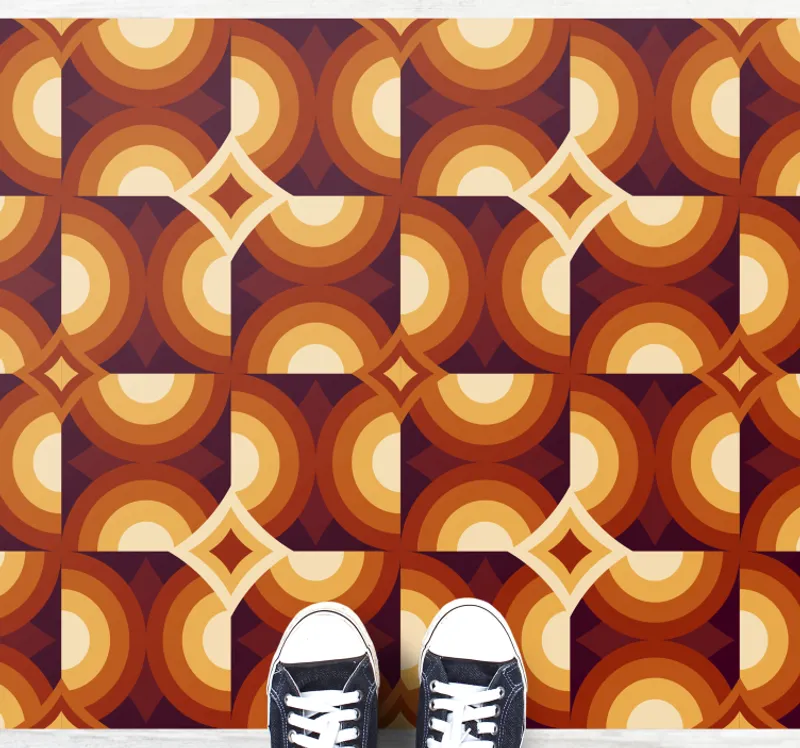
Affordable and practical vinyl flooring transformed American homes with bold patterns that would make today’s minimalists shudder. Faux brick, stone, and wildly geometric designs in orange, brown, and gold covered kitchen and bathroom floors nationwide.
Homeowners loved how easy these surfaces were to clean compared to traditional options. The cushioned backing made standing more comfortable while cooking or doing dishes, adding to its appeal for busy families.
Some patterns were so detailed they almost created optical illusions underfoot. Though vinyl flooring never completely disappeared, the specific loud patterns and colors of 70s versions remain instantly recognizable to anyone who grew up with them. Modern vinyl has evolved dramatically in quality and appearance, but nothing matches the distinctive character of those original 1970s floors.
10. Rattan Furniture
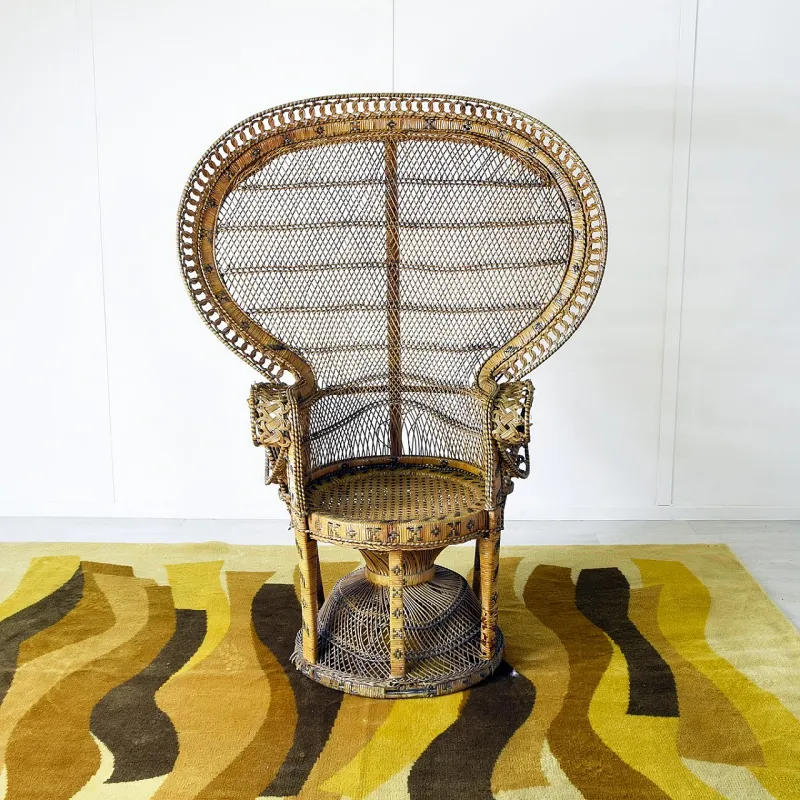
Woven from palm stems, rattan furniture brought tropical vibes into suburban living rooms across America. These lightweight pieces featured distinctive natural patterns and often sported cushions in bold floral prints or solid harvest gold and avocado green.
Peacock chairs with their dramatic fan-shaped backs became the ultimate status symbol, frequently appearing as photography backdrops. Rattan headboards, coffee tables, and even bar carts populated homes seeking that perfect blend of natural materials and exotic flair.
The material’s flexibility allowed for curved, organic shapes impossible with traditional wood furniture. Though they frequently collected dust in hard-to-clean crevices and occasionally unraveled with heavy use, these pieces defined casual 70s elegance. Today’s rattan revival tends toward simpler designs, but vintage enthusiasts still hunt for those original elaborate peacock chairs and curved sectionals.
11. Sunken Living Rooms
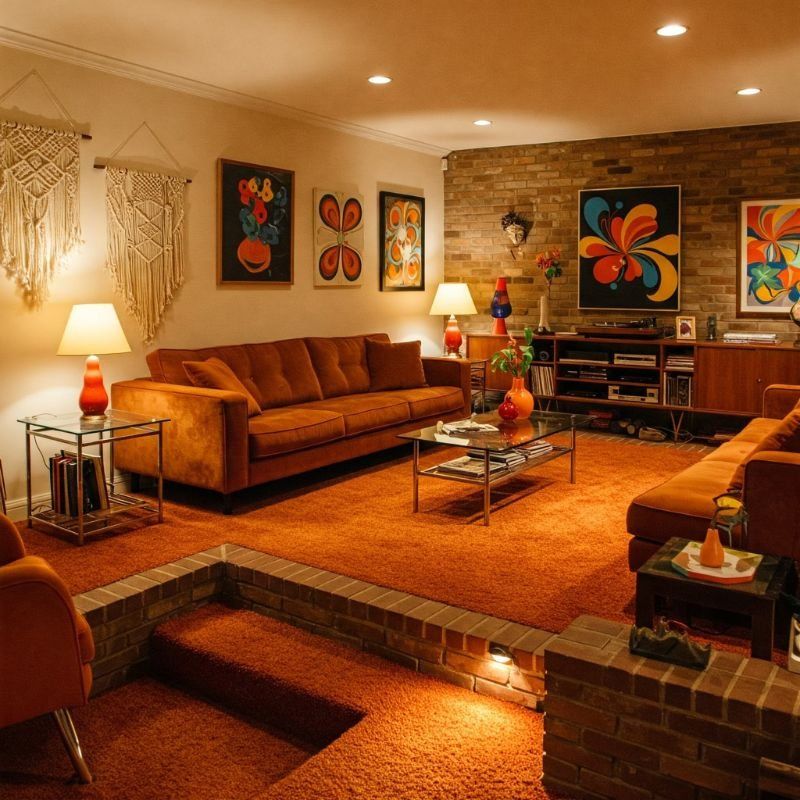
Step down into luxury! Sunken living rooms created dramatic separation between spaces without using walls in open-concept homes. Usually one or two steps lower than surrounding areas, these recessed spaces instantly became the focal point of any home lucky enough to feature one.
Plush wall-to-wall carpeting (often shag) covered these lower levels, creating cozy conversation areas. The subtle height difference somehow made watching TV or entertaining guests feel more special and intentional.
Architects and builders promoted these features as sophisticated and modern compared to traditional flat layouts. While many homeowners have filled in these spaces during renovations, design enthusiasts consider original, untouched sunken living rooms valuable architectural features worth preserving. Their recent reappearance in high-end new construction suggests this retro feature may be making a comeback.
12. Wicker Everything
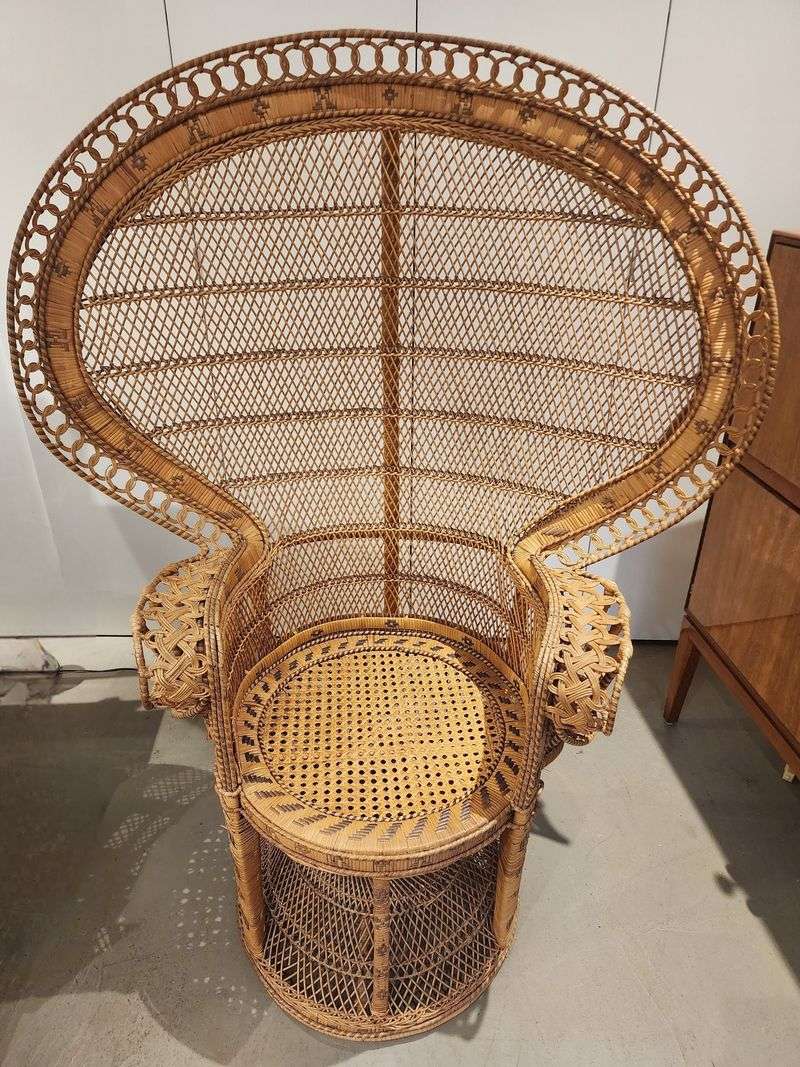
Wicker baskets, chairs, headboards, shelving units, and even bathroom hampers invaded 1970s homes with their distinctive woven texture. Unlike sturdier rattan, wicker’s thinner reeds created more detailed patterns but proved less durable for everyday use.
Magazines featured elaborate wicker peacock chairs and hanging bubble chairs as must-have statement pieces. White-painted wicker dominated bedrooms and sunrooms, while natural finishes appeared throughout living spaces.
The material’s lightweight nature made rearranging furniture easy, appealing to homeowners who liked to refresh their spaces frequently. Though prone to breaking and difficult to clean thoroughly, wicker’s natural, handcrafted aesthetic perfectly matched the decade’s back-to-nature movement. Modern wicker tends to be synthetic and weather-resistant, but vintage enthusiasts still seek out those authentic 1970s pieces with their distinctive patterns and patina.
13. Geometric Wallpaper
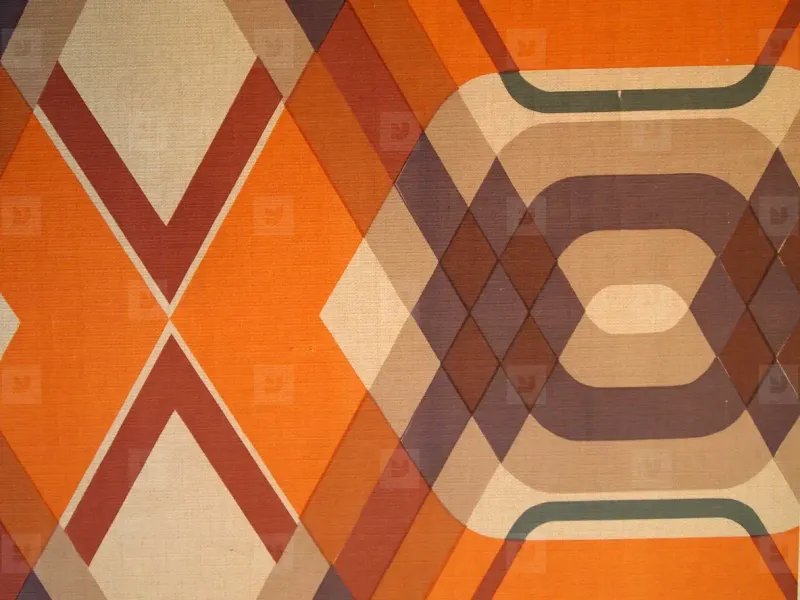
Walls exploded with bold patterns during the 1970s as geometric wallpaper transformed ordinary rooms into visual experiences. Hexagons, circles, and abstract shapes in contrasting colors created dramatic backdrops that sometimes induced headaches if you stared too long!
Orange, brown, and gold dominated these patterns, though purple and green combinations weren’t uncommon. Homeowners confidently applied these bold designs in dining rooms, kitchens, and even bathrooms, often pairing them with equally bold solid-colored fixtures.
Installing this wallpaper required serious skill and patience, especially matching the repeating patterns correctly. While mostly removed during subsequent decades, some preserved examples have become Instagram-worthy backdrops for vintage enthusiasts. Modern interpretations tend to feature subtler colors and larger-scale patterns than their busy 1970s ancestors.
14. Wall-to-Wall Carpeting
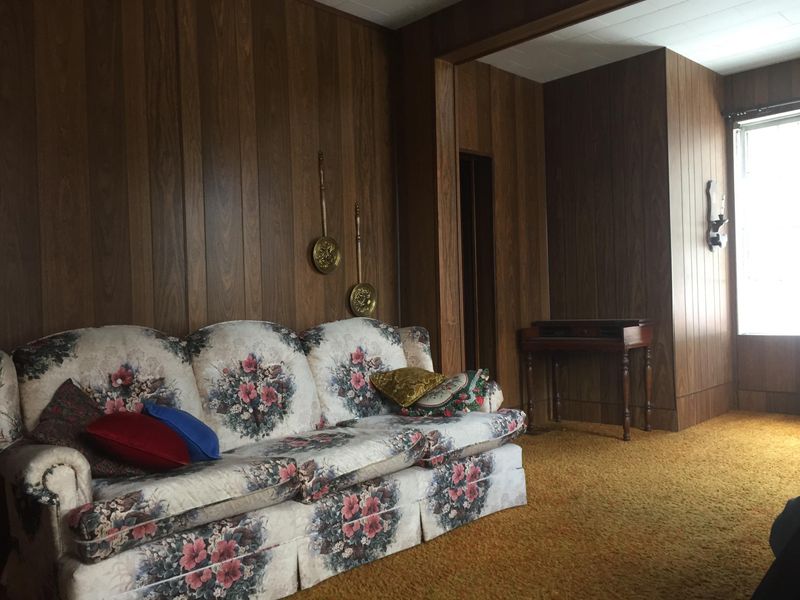
Hardwood floors disappeared beneath waves of colorful carpeting as wall-to-wall became the standard in 1970s homes. Unlike today’s neutral beiges and grays, these carpets came in bold harvest gold, avocado green, bright orange, and even purple hues.
Installers stretched these carpets wall-to-wall, tucking edges under baseboards for a seamless look. The padding underneath provided insulation and soundproofing benefits that homeowners appreciated, especially in newly built suburban developments with thinner walls.
Even bathrooms weren’t safe from carpeting, creating moisture problems that baffled future homeowners. While practical in many ways, these carpets trapped allergens and stains that proved nearly impossible to remove completely. The distinctive colors and textures of 1970s carpeting remain instantly recognizable to anyone who grew up during the era.
15. Swag Lamps
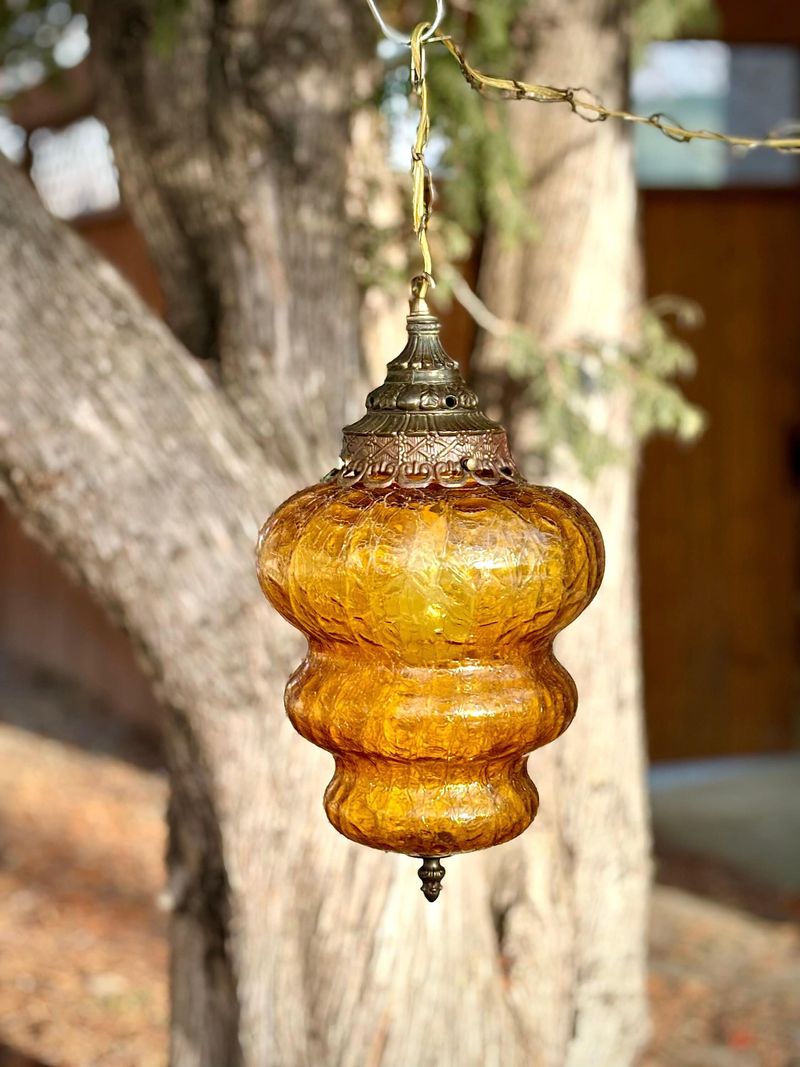
Hanging from chains and hooks, swag lamps brought dramatic lighting to 1970s dining rooms and living spaces. These fixtures featured distinctive draped chains that created a swooping, swag effect between the ceiling mount and the lamp itself.
Glass globes in amber, green, or white housed the bulbs, often surrounded by decorative elements like fake crystals or beads. Homeowners without built-in ceiling fixtures simply hung these lamps from hooks, running the cords along walls to reach outlets.
Particularly popular were Spanish-style fixtures with black wrought iron frames and amber glass. Many homes featured multiple swag lamps, creating a coordinated lighting scheme throughout open living spaces. Though largely replaced by recessed lighting and track systems, vintage swag lamps command high prices from collectors seeking authentic 1970s ambiance.
16. Mushroom Décor
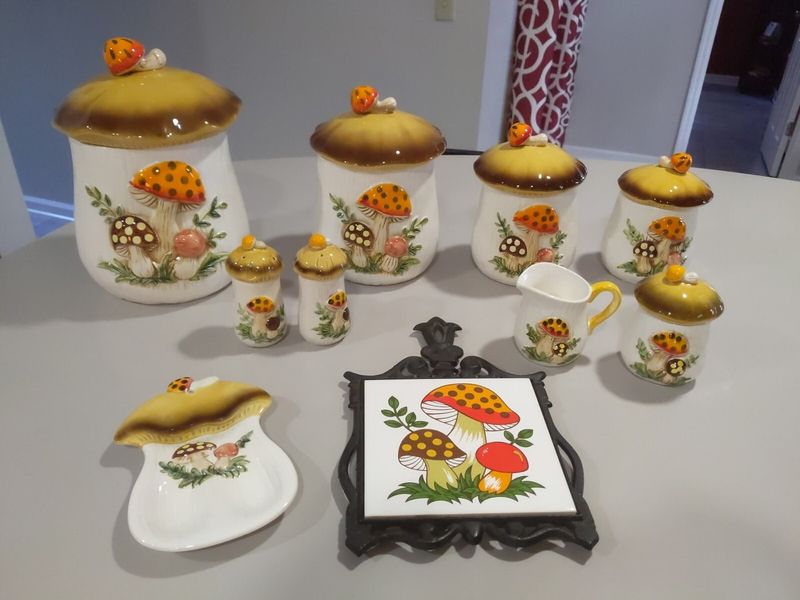
Mushrooms popped up everywhere in 1970s homes—not the real fungi, but ceramic versions in earthy colors that served as cookie jars, salt and pepper shakers, and decorative objects. These whimsical pieces typically featured red caps with white spots, though brown and orange variations were also popular.
Kitchen canisters shaped like mushrooms stored flour, sugar, and coffee on countless countertops. Mushroom motifs appeared on wallpaper borders, dish towels, and even bathroom accessories, representing the decade’s fascination with natural, woodland themes.
Some homes displayed mushroom-shaped lamps with wide caps serving as shades for ambient lighting. This fungi fascination connected to the era’s back-to-nature movement and slightly psychedelic aesthetic. Vintage mushroom décor now commands premium prices from collectors who appreciate its quirky charm and distinctive 1970s personality.
17. Bold Floral Prints

Massive flowers bloomed across furniture, curtains, and bedding during the 1970s, creating vibrant living spaces that needed no additional artwork. These weren’t delicate, subtle florals but bold, almost psychedelic interpretations with oversized blooms in contrasting colors.
Couches and chairs featured floral upholstery that often coordinated with equally bold curtains and throw pillows. Orange, brown, and gold dominated these patterns, creating warm, earthy color schemes throughout living spaces.
Matching bedroom sets included floral bedspreads, curtains, and even wallpaper, creating immersive floral environments. While mostly replaced by more subtle patterns in subsequent decades, these distinctive florals instantly evoke 1970s nostalgia. Some fashion and interior design brands have recently reinterpreted these bold patterns for modern audiences, proving that everything eventually comes back in style.
18. Orange and Brown Palettes
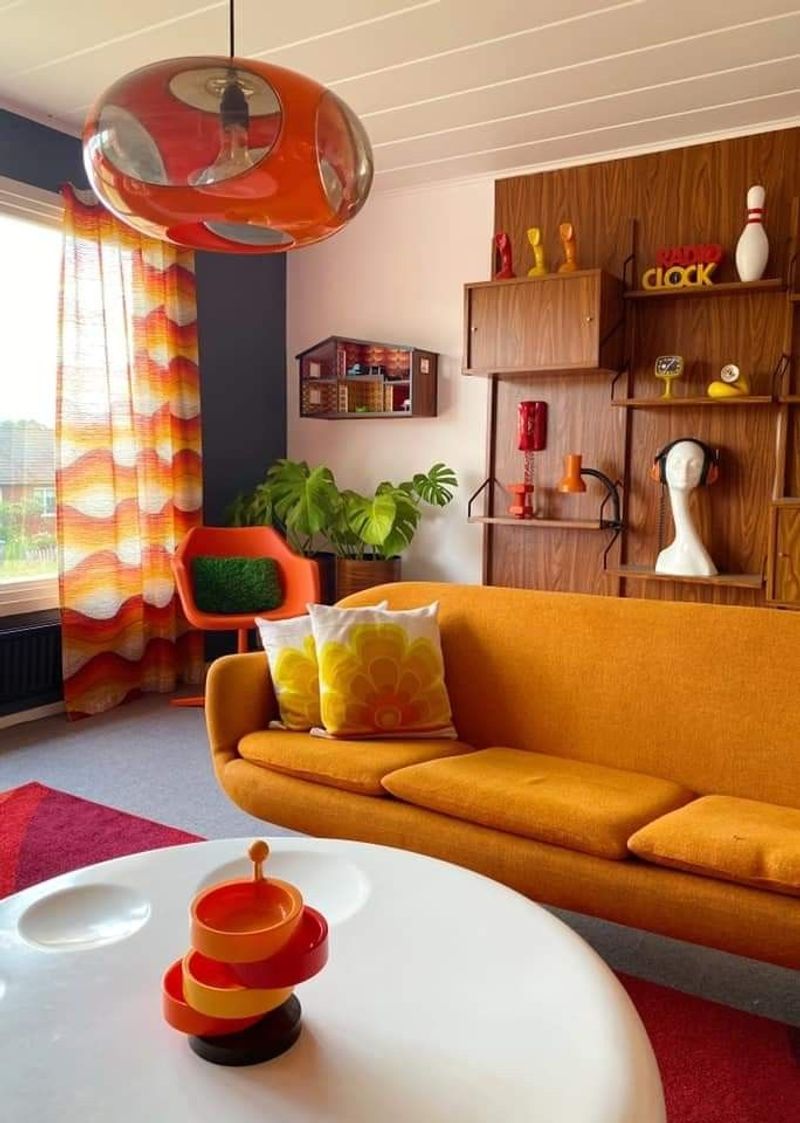
Color consultants in the 1970s convinced an entire generation that orange and brown belonged together on everything from appliances to bathrooms. This earthy combination appeared in striped towels, floral bedspreads, plaid furniture, and geometric wallpaper throughout American homes.
Kitchen countertops in burnt orange laminate paired with dark wood cabinets and brown appliances. Bathroom fixtures came in harvest gold or chocolate brown, often accompanied by orange towels and accessories.
The combination supposedly evoked natural autumnal tones that complemented the decade’s fascination with bringing outdoor elements inside. While mostly abandoned by the late 1980s, this distinctive color pairing immediately identifies a space as authentically 1970s. Modern designers occasionally revisit these tones but typically in more subdued versions than their vibrant ancestors.
19. Hanging Egg Chairs
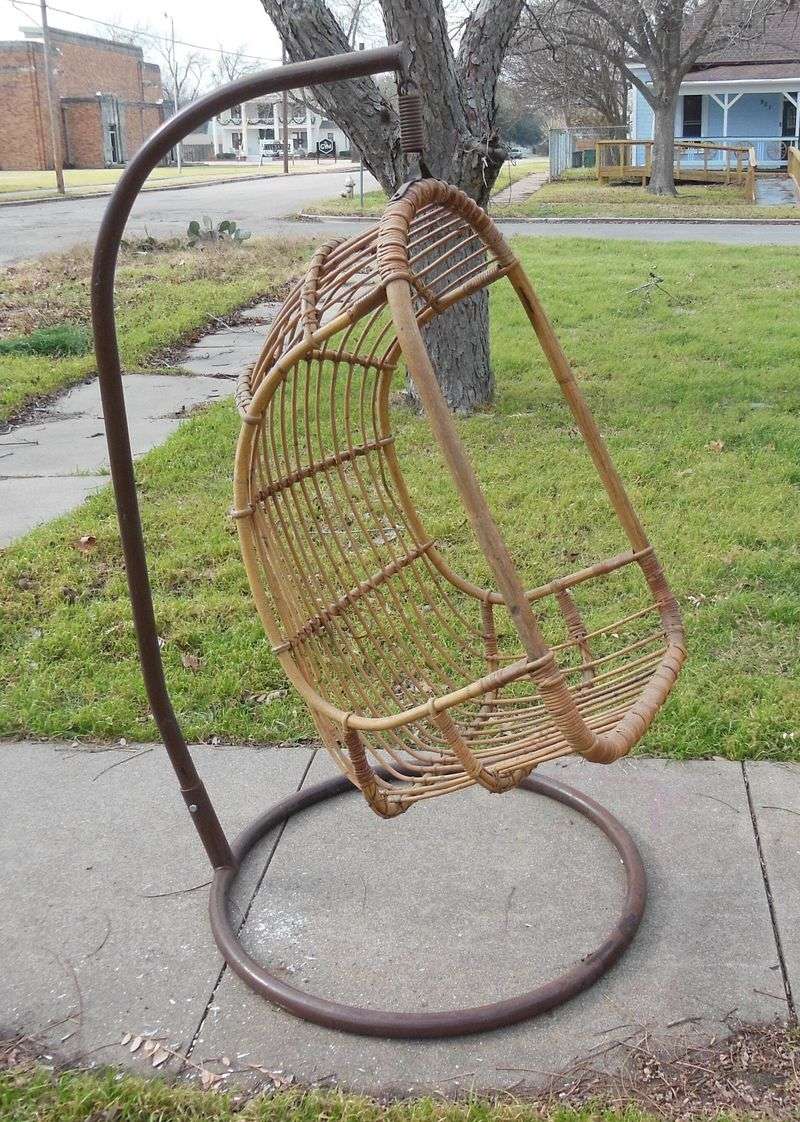
Suspended from ceilings or freestanding frames, egg-shaped chairs created the ultimate relaxation spots in trendy 1970s homes. These distinctive seats, typically made from rattan or fiberglass, enveloped sitters in a cozy, womb-like environment perfect for reading or listening to records.
White fiberglass versions appeared in futuristic-themed rooms, while natural rattan models complemented earth-toned spaces. Teenagers particularly coveted these statement pieces for their bedrooms, often decorating them with colorful cushions and throw pillows.
The gentle swinging motion added to their appeal, creating a slightly floating sensation. Though challenging to incorporate into average-sized rooms due to their space requirements, these chairs represented the playful, rule-breaking approach to furniture that characterized the decade. Modern reproductions remain popular, though vintage originals command high prices from collectors.
20. Textured Glass Doors
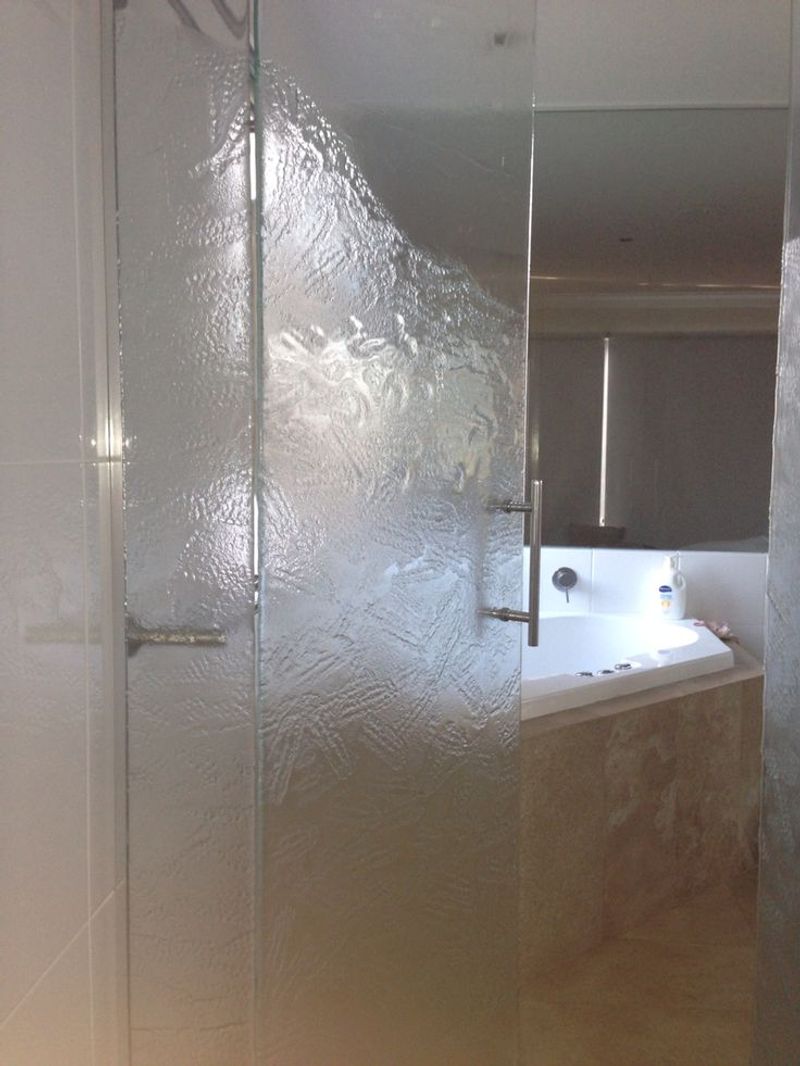
Shower doors and room dividers featured distinctive textured glass patterns that provided privacy while allowing light to filter through. These textured panels came in various patterns including rippled water effects, pebbled surfaces, and geometric designs that distorted whatever lay behind them.
Sliding glass doors with these textures separated dining rooms from living spaces in many homes. Bathroom shower enclosures almost universally featured textured glass, often in slightly tinted amber or green shades that added warmth to the space.
Cabinet doors in dining rooms and kitchens sometimes incorporated textured glass panels, displaying dish collections while obscuring any disorganization inside. While smooth glass has largely replaced these textured versions in modern homes, their distinctive patterns remain immediately recognizable to anyone who grew up with them.
21. Indoor Plants in Macramé Hangers
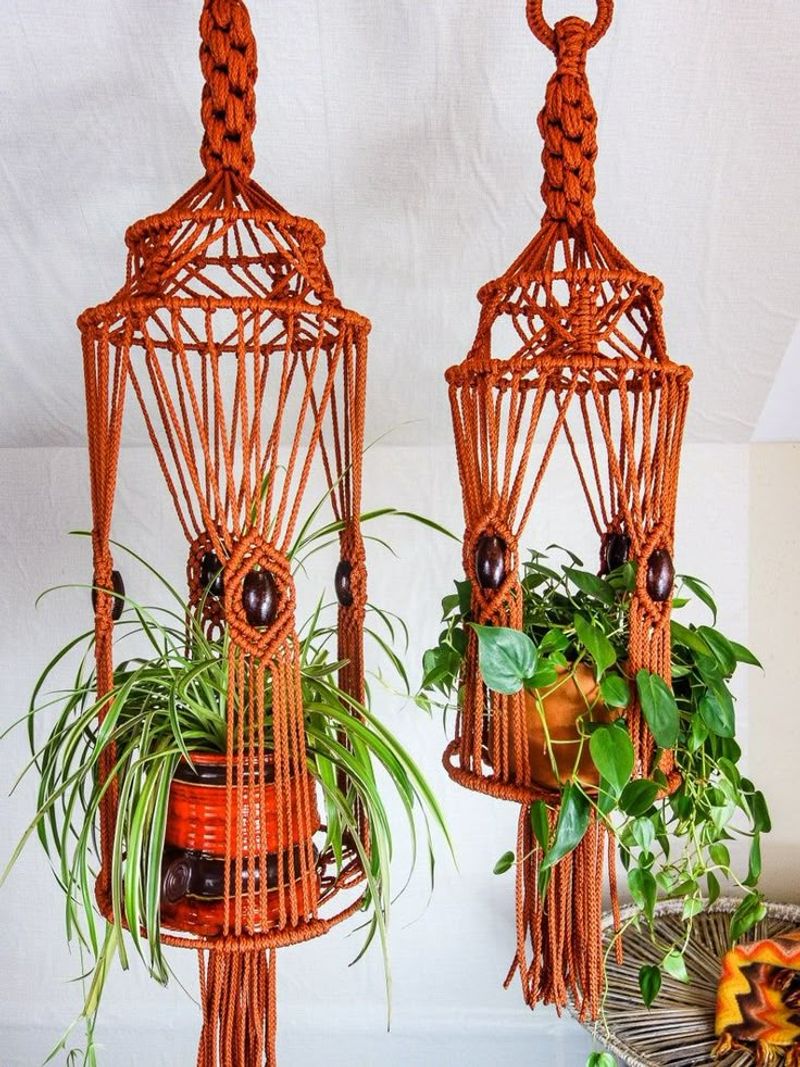
Houseplants dangled from ceilings everywhere in the 1970s, suspended in handcrafted macramé hangers that showcased the decade’s crafting obsession. Spider plants, Swedish ivy, and pothos cascaded from these elaborate rope creations, bringing greenery into homes without sacrificing floor space.
Crafters knotted cotton or jute rope into intricate patterns, often incorporating wooden beads or rings as decorative elements. Plant-filled bay windows became living showcases with multiple hanging specimens at different heights.
The combination satisfied both the era’s interest in handcrafted items and its fascination with bringing nature indoors. While mostly disappeared during the minimalist 1990s, macramé plant hangers have made a significant comeback in recent years. Modern versions tend to be simpler and often use white cotton rope rather than the natural jute of their 1970s ancestors.
22. Mirrored Walls
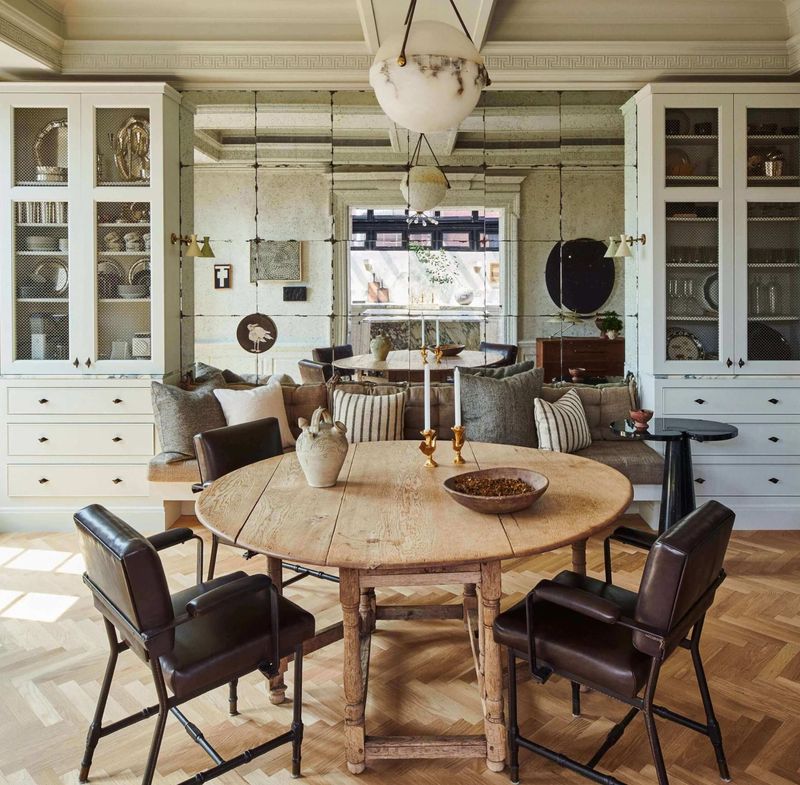
Entire walls covered in mirrors created the illusion of larger spaces in 1970s homes, though they also multiplied the visual impact of all that wood paneling and shag carpeting! Dining rooms and living areas commonly featured these reflective surfaces, sometimes with decorative smoked glass or gold-tinted finishes.
Mirrored tiles offered a DIY-friendly alternative to large sheets, allowing homeowners to create patterns or partial wall coverings. Dance studios inspired some homeowners to install ballet barres alongside their mirrored walls for home exercise.
The mirrors effectively doubled the visual impact of hanging plants, swag lamps, and other 70s decor elements. While mostly removed during subsequent renovations, these mirror installations remain in some vintage apartments and homes, creating instantly recognizable time capsules of 1970s design philosophy.

